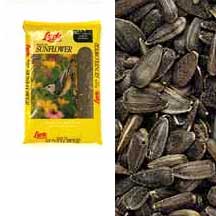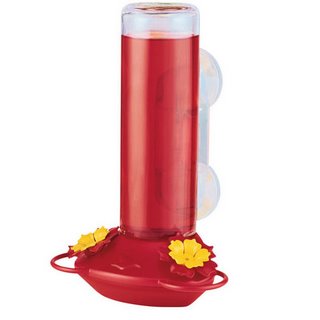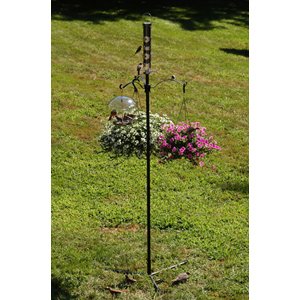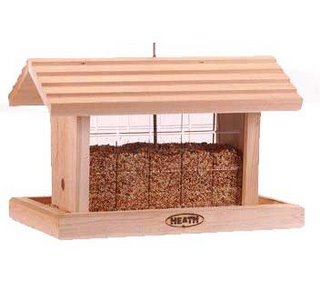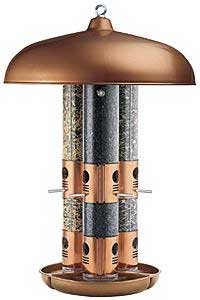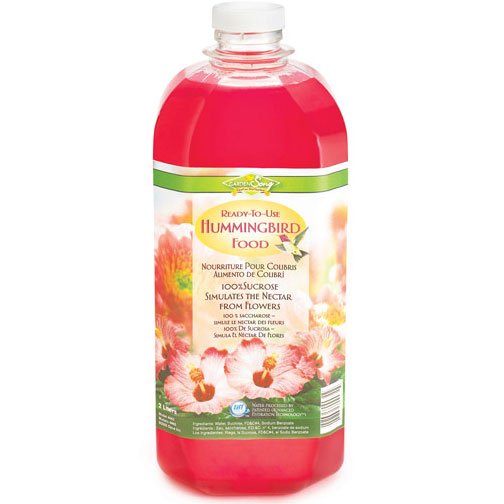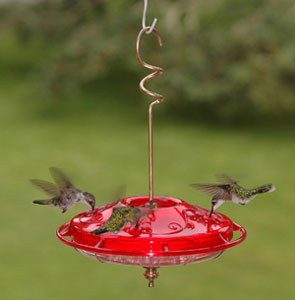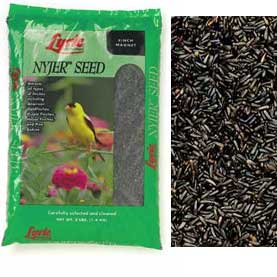 If you find that you have a large amount of mixed bird seed on the ground surrounding your bird feeder, consider changing your seed to a bird seed that only contains one or two types of seed. By limiting the variety of bird seed in your bird feeder, you will discover that only the birds that enjoy the seed are eating from it and you will have less waste.
If you find that you have a large amount of mixed bird seed on the ground surrounding your bird feeder, consider changing your seed to a bird seed that only contains one or two types of seed. By limiting the variety of bird seed in your bird feeder, you will discover that only the birds that enjoy the seed are eating from it and you will have less waste.
Determine what types of birds that you would like to attract to your yard and purchase the type of bird seed that those birds like to eat. By offering only that type of bird seed, you should get more of the birds that you enjoy watching and less seed discarded on the ground.
If you enjoy watching finches, choose a thistle or Nyjer seed like Lyric Nyjer Seed. Sunflower seed is also great for attracting a variety of songbirds including chickadees, finches, titmice, and more. If you would like to attract ground feeders, use an inexpensive bird seed like millet, buckwheat, cracked corn, and more.
Choose a bird feeder that only holds a specifc type of bird seed. Hang up a variety of specific seed feeders in your yard if you would like to attract a variety of birds. There are several types of bird feeders that are made to hold only one type of bird seed. By feeding birds in this way, you will spend less money on bird seed and enjoy more of the birds that you like.

